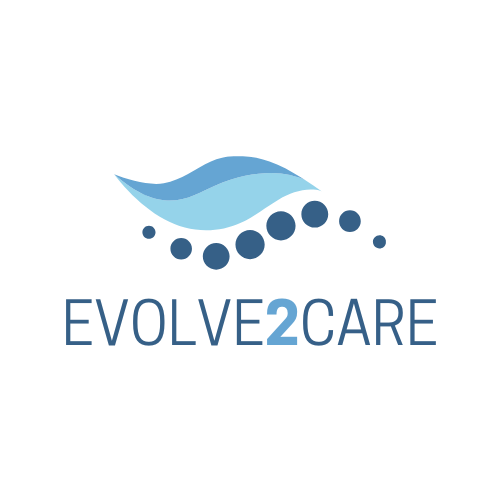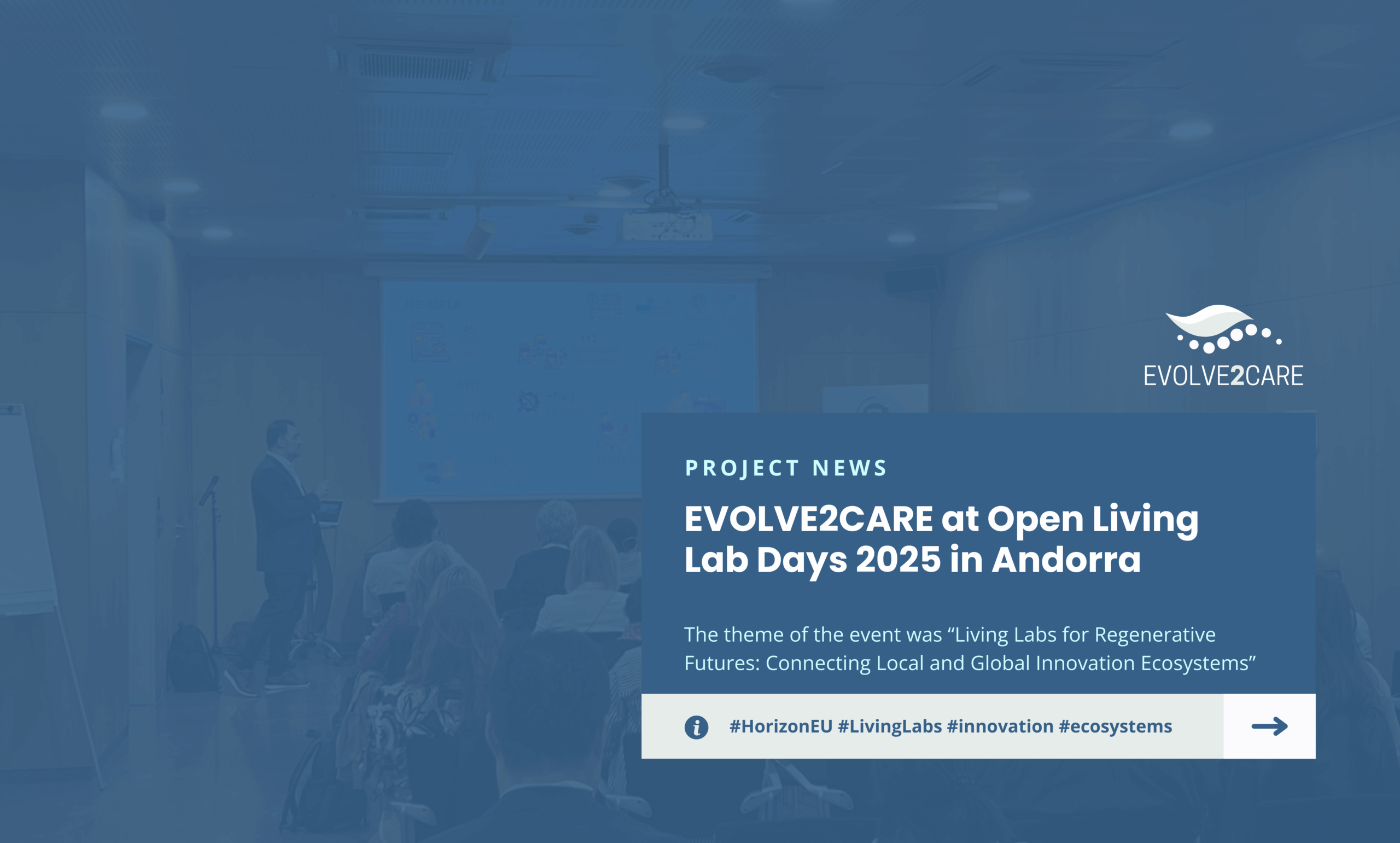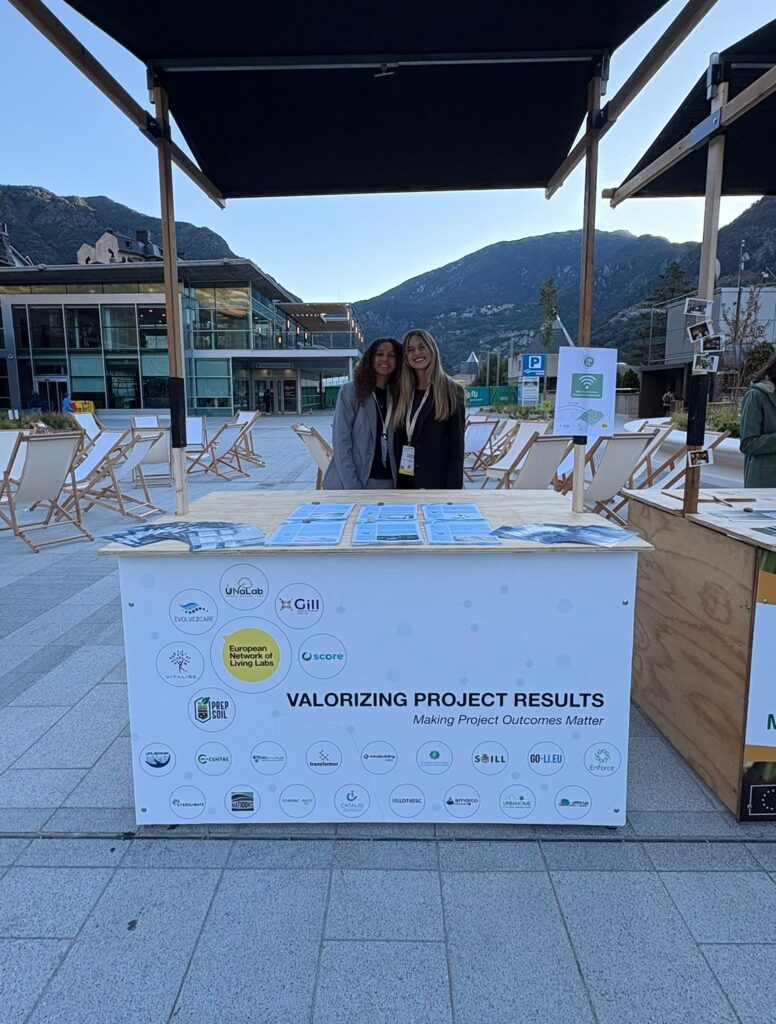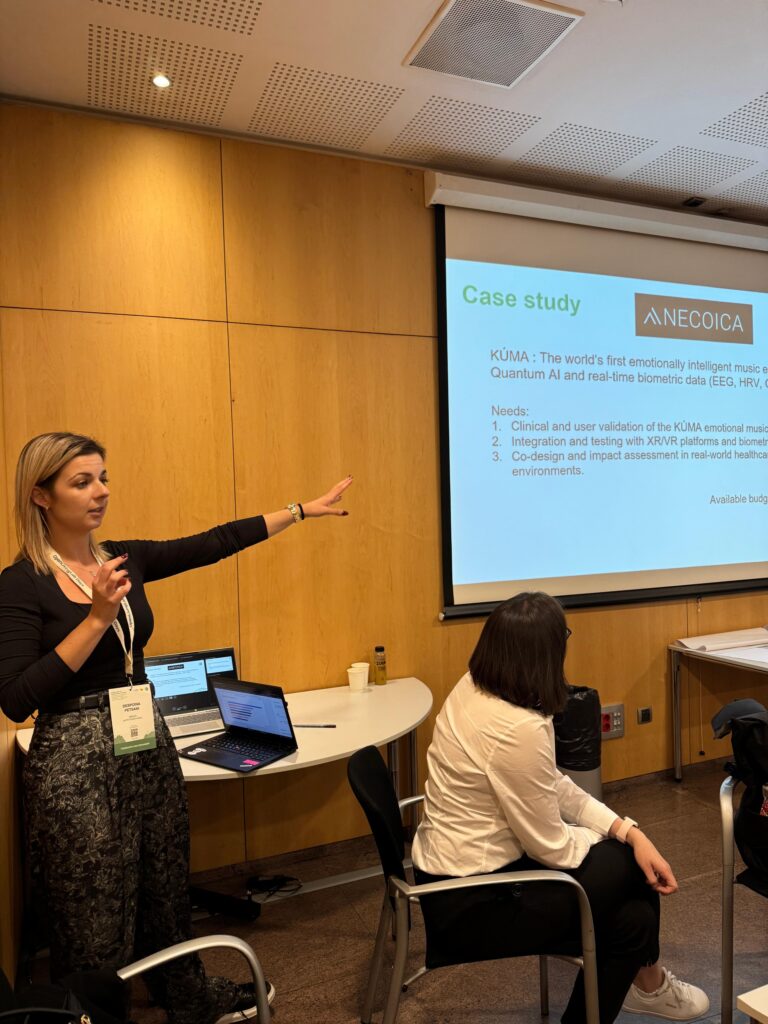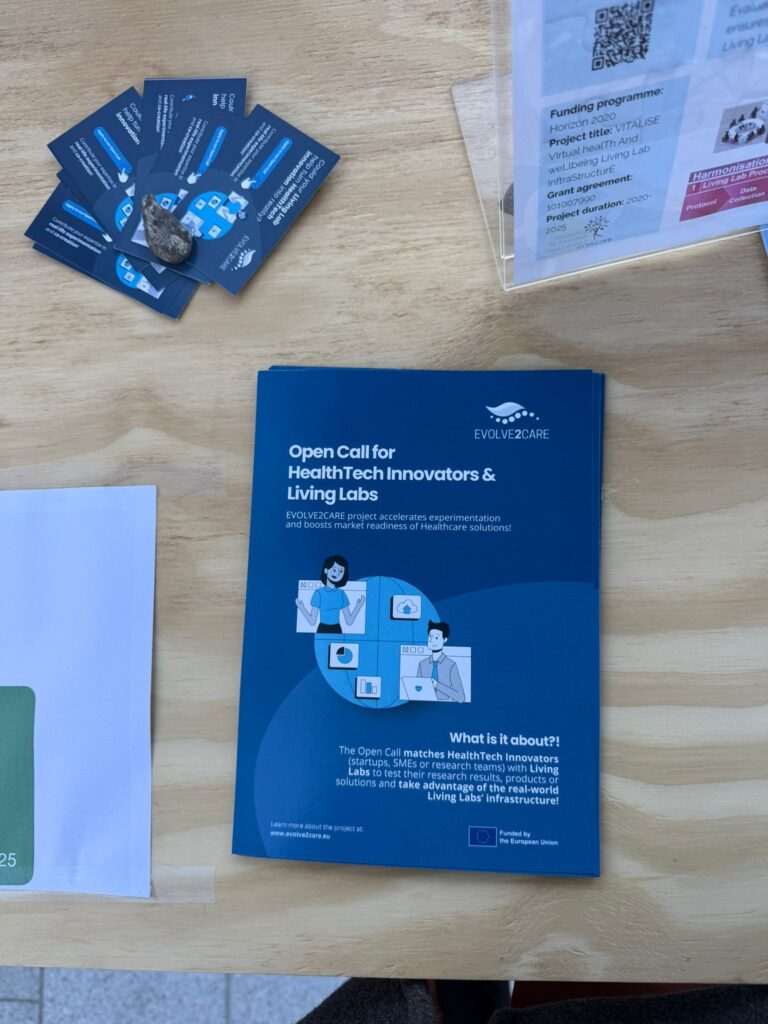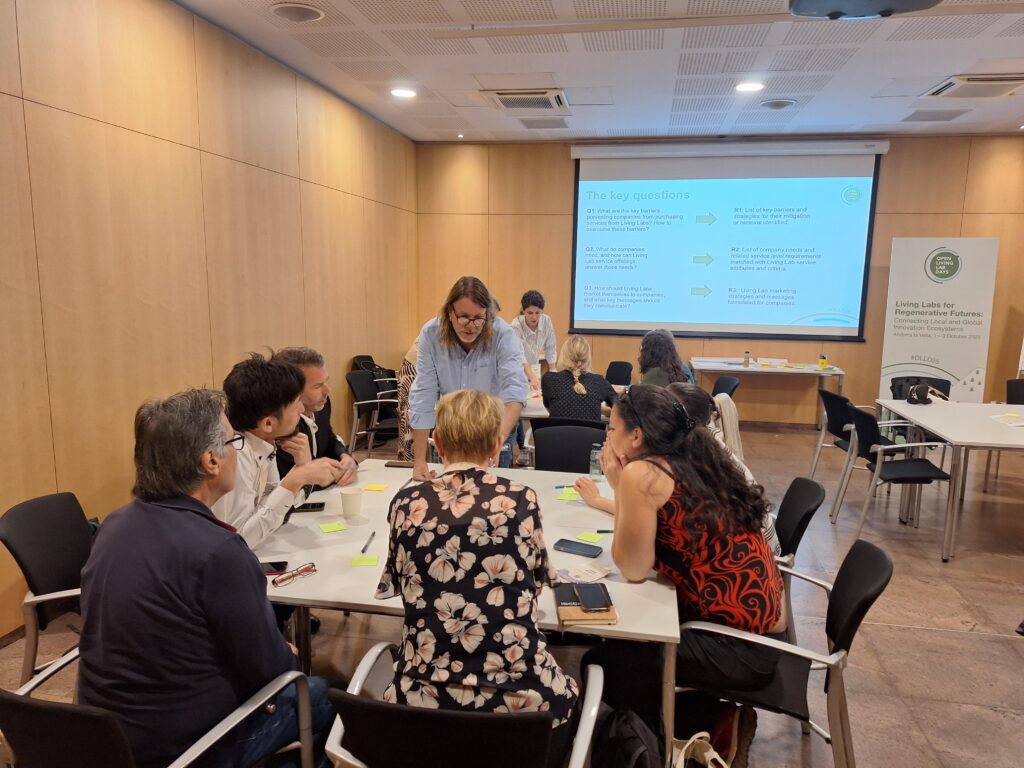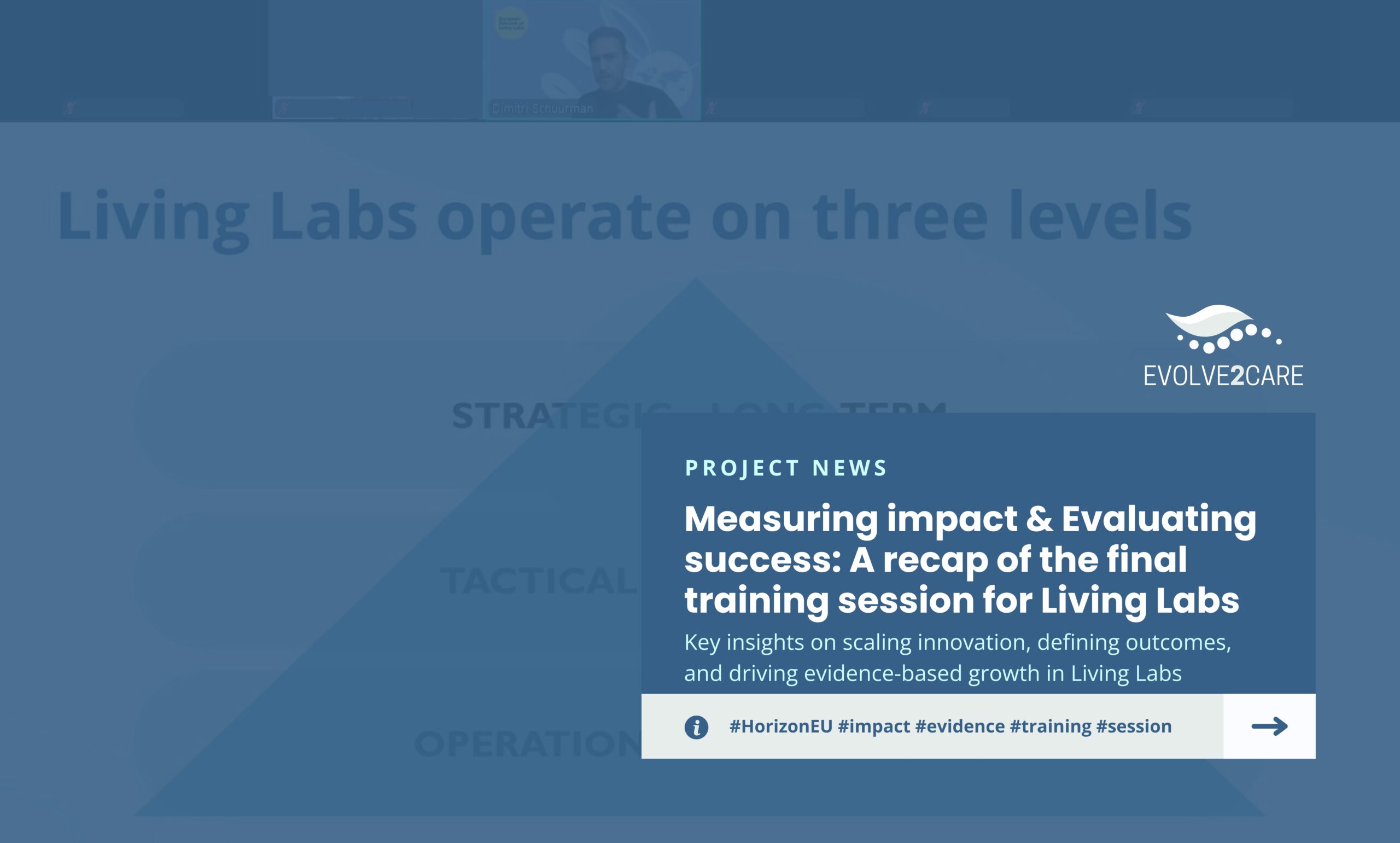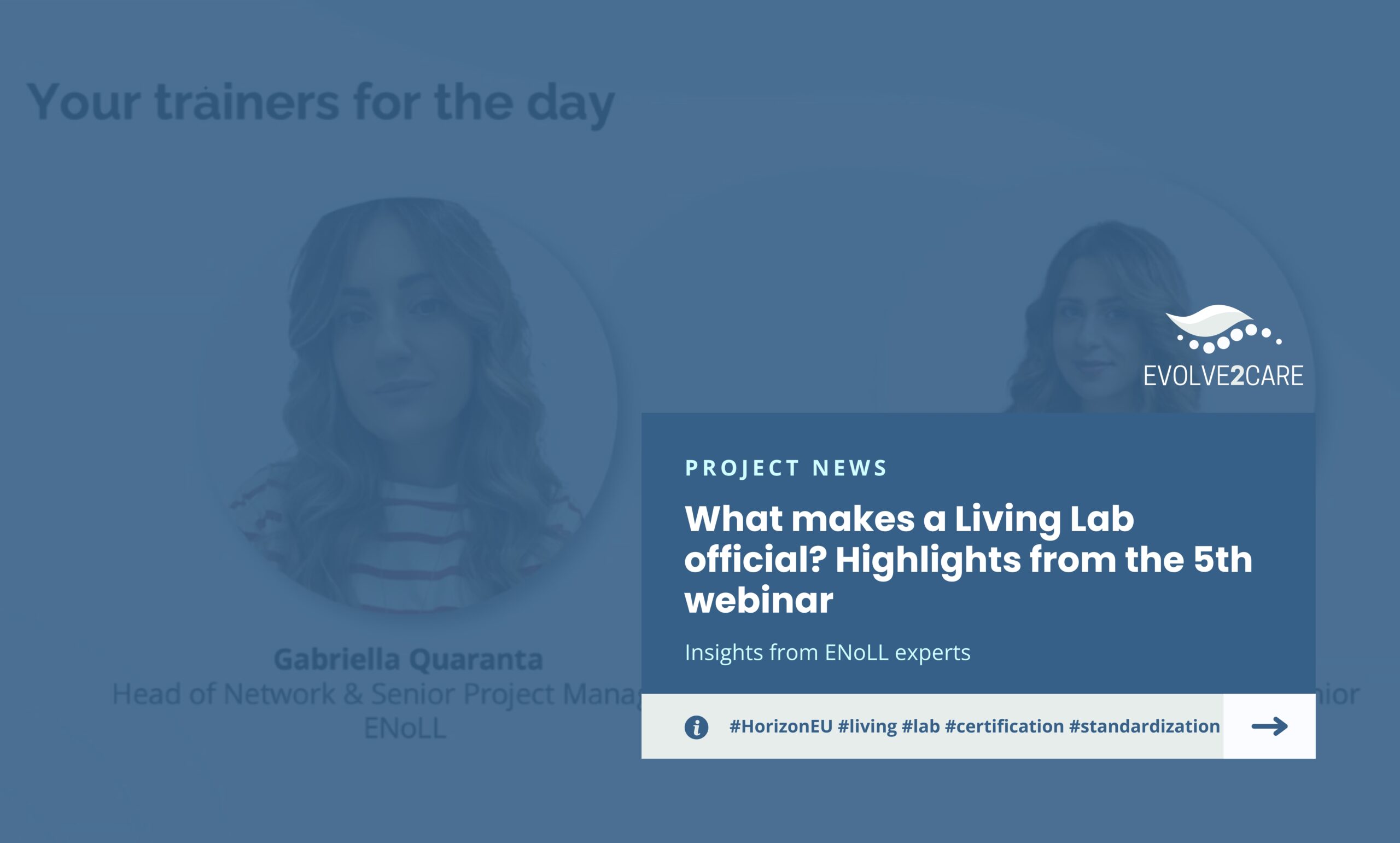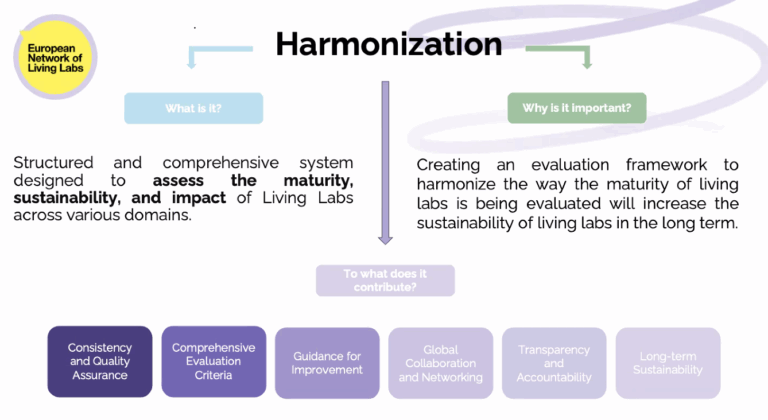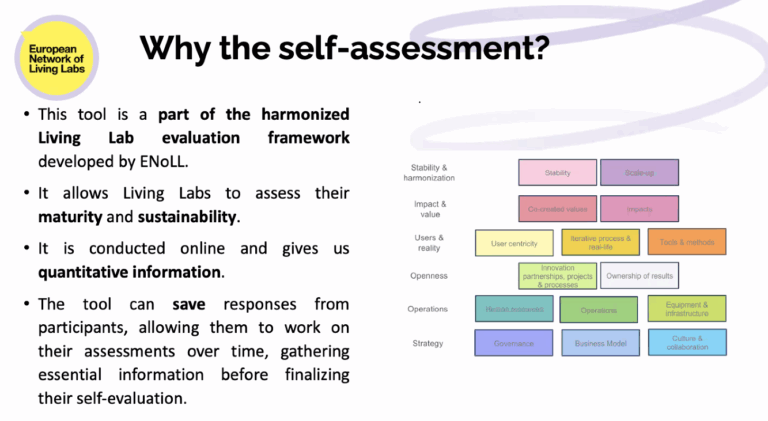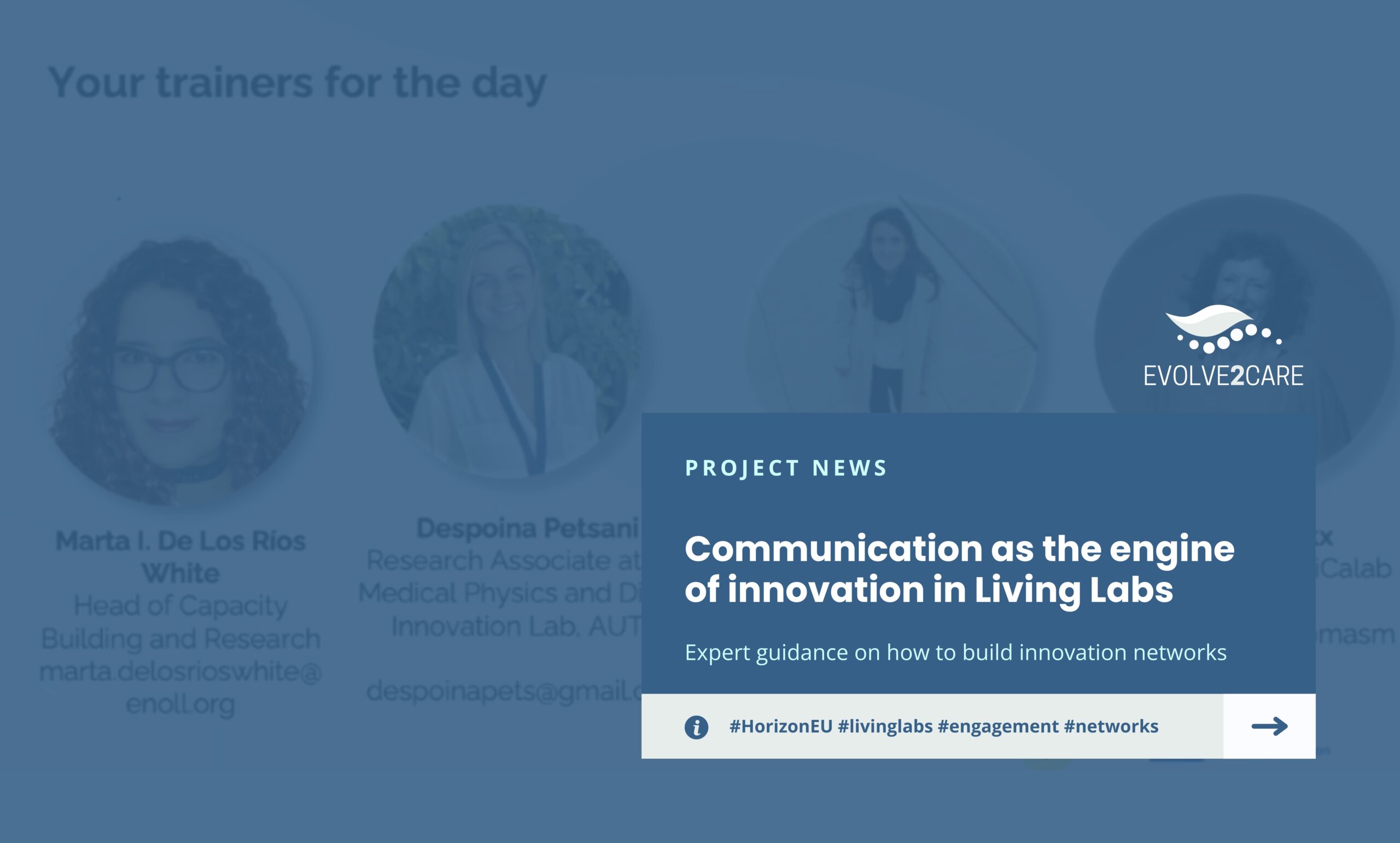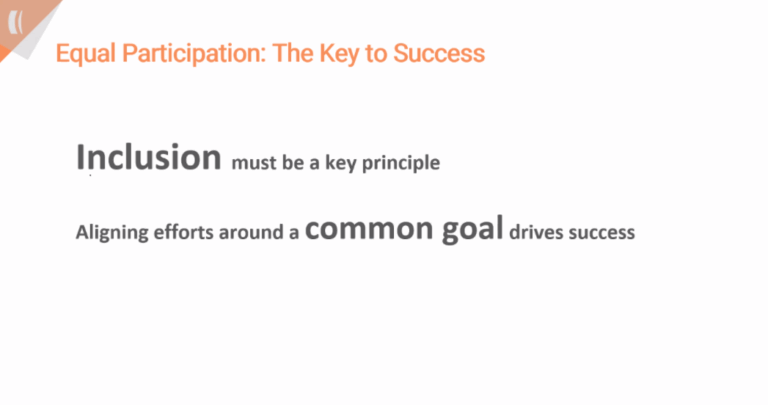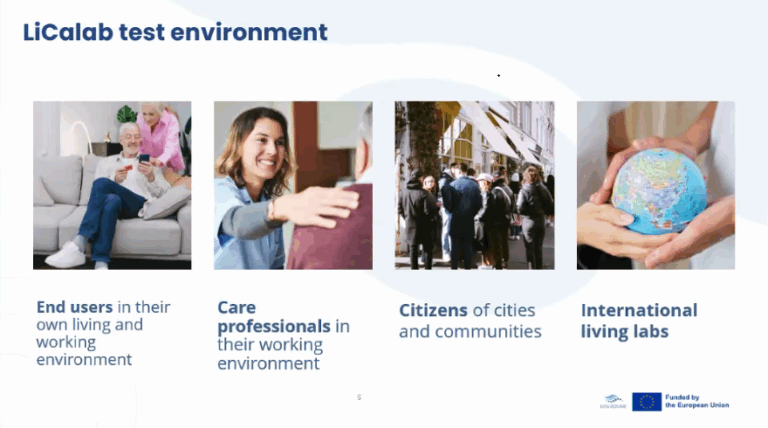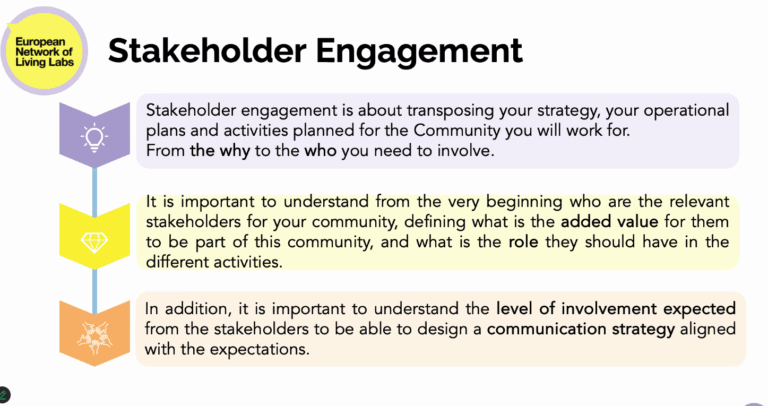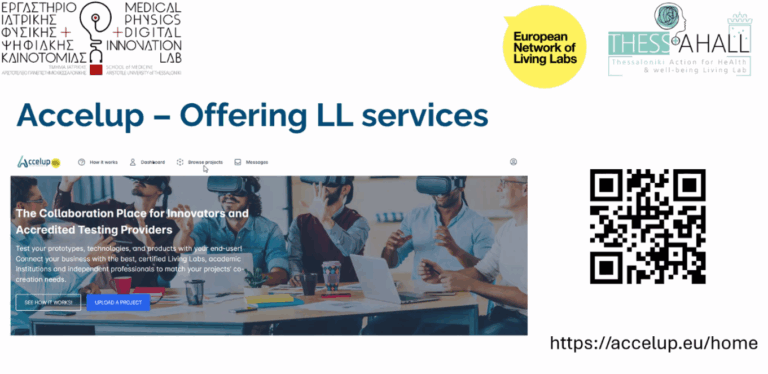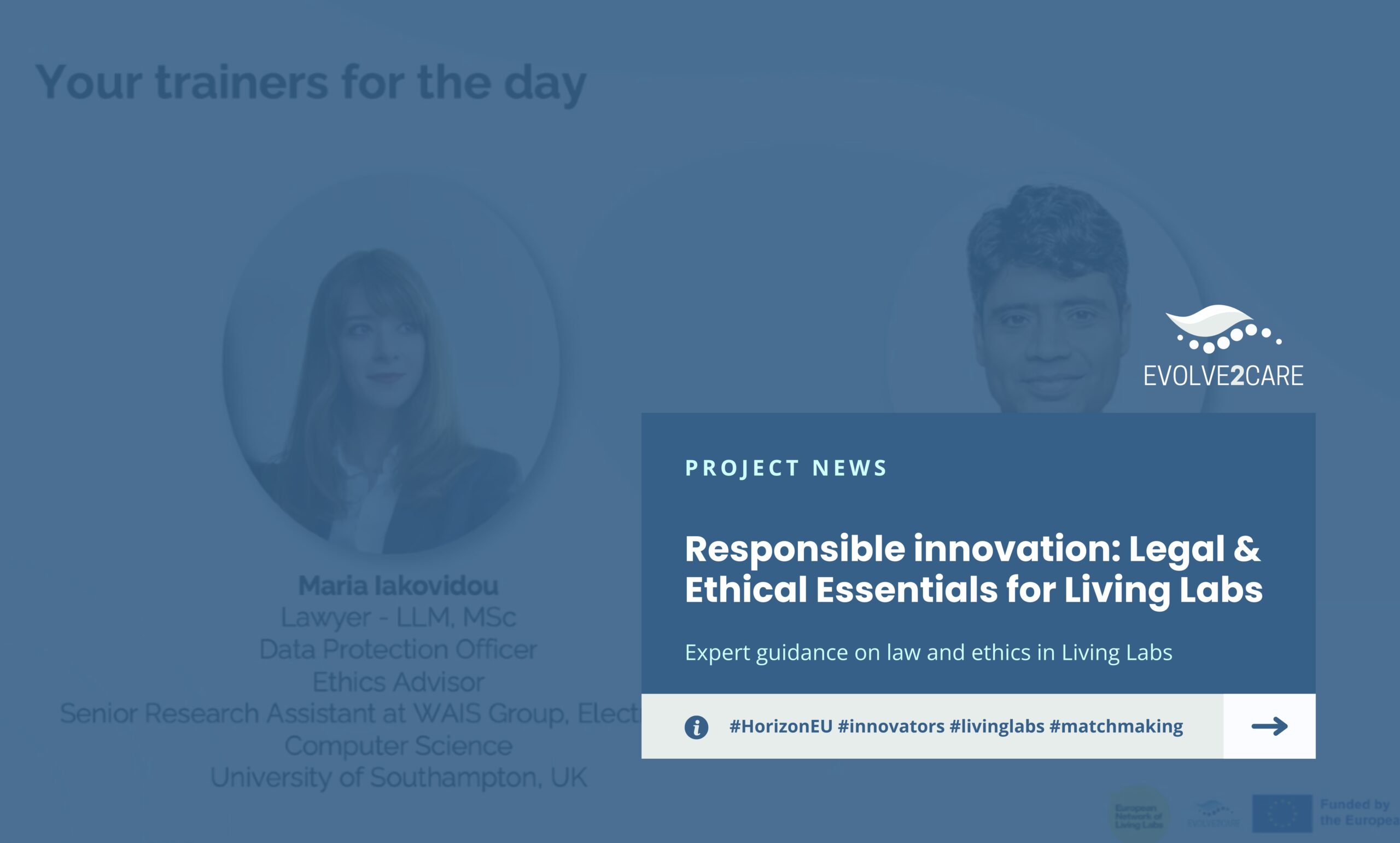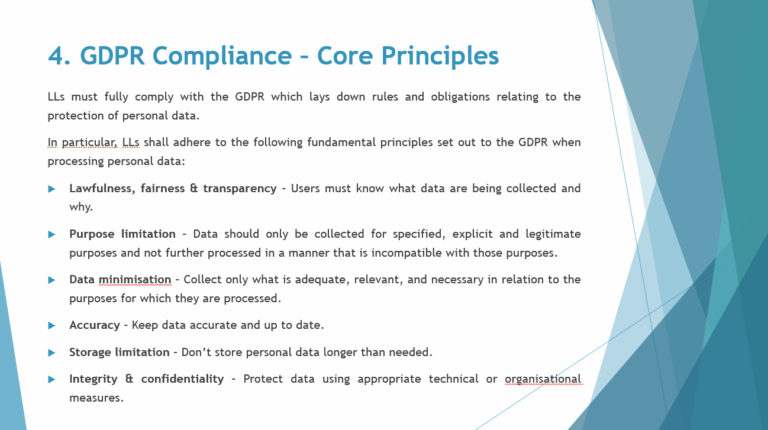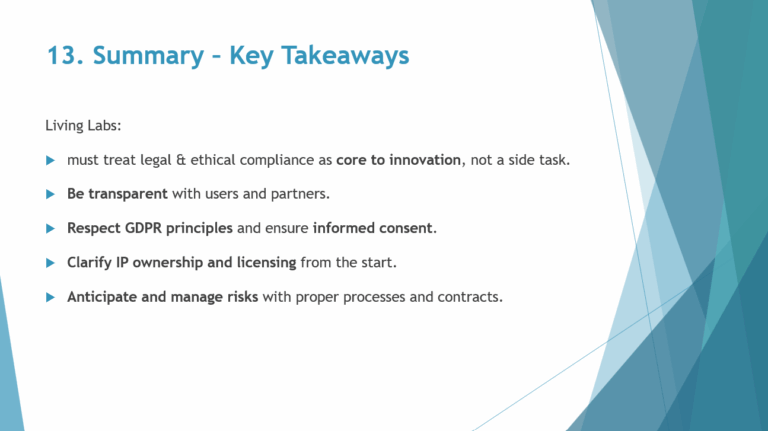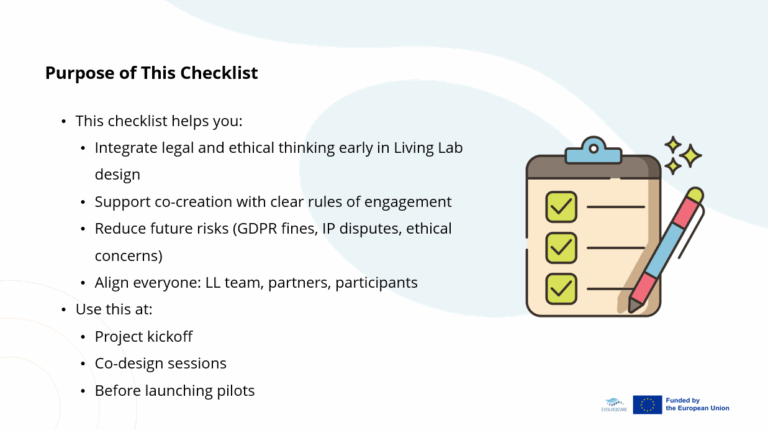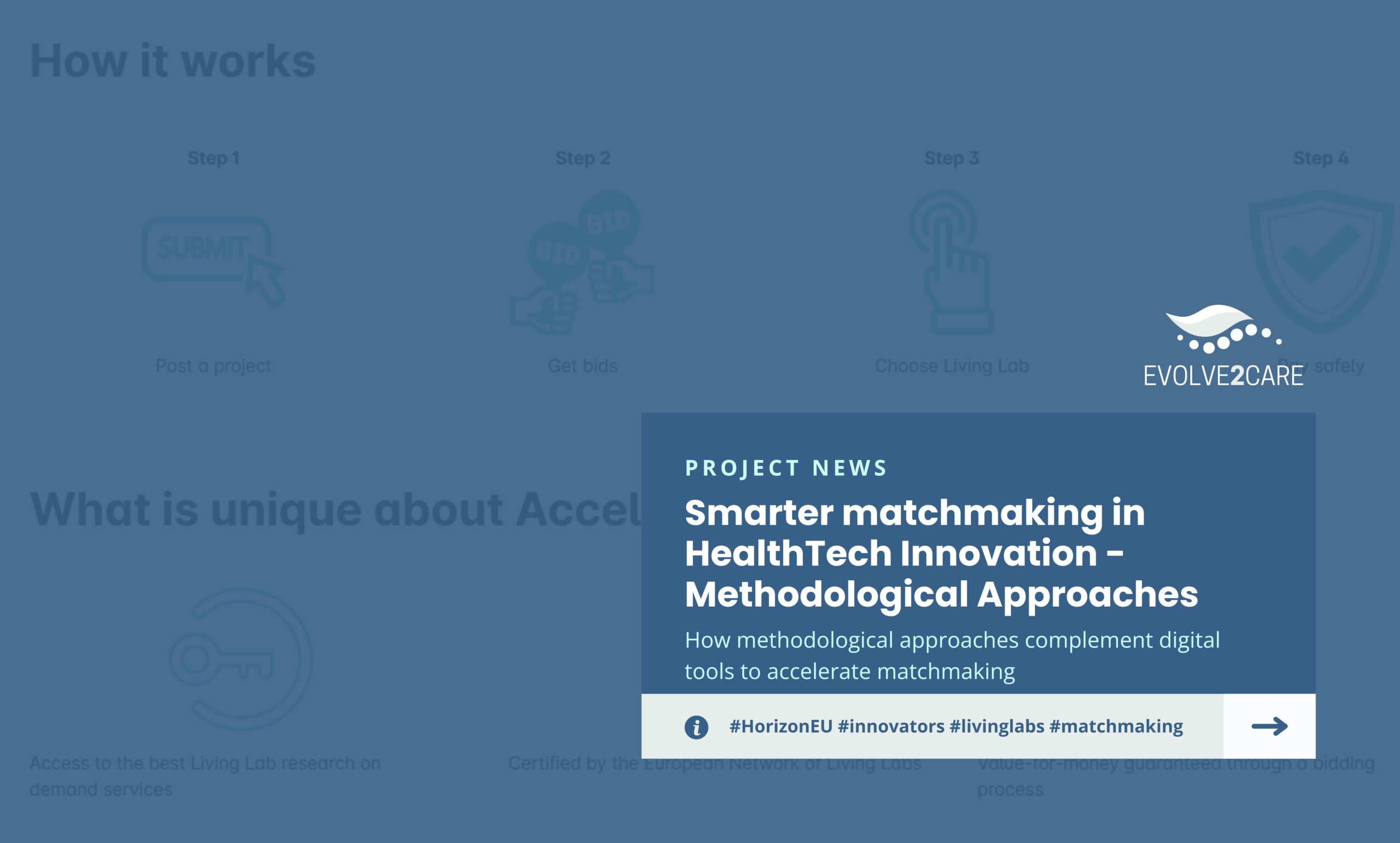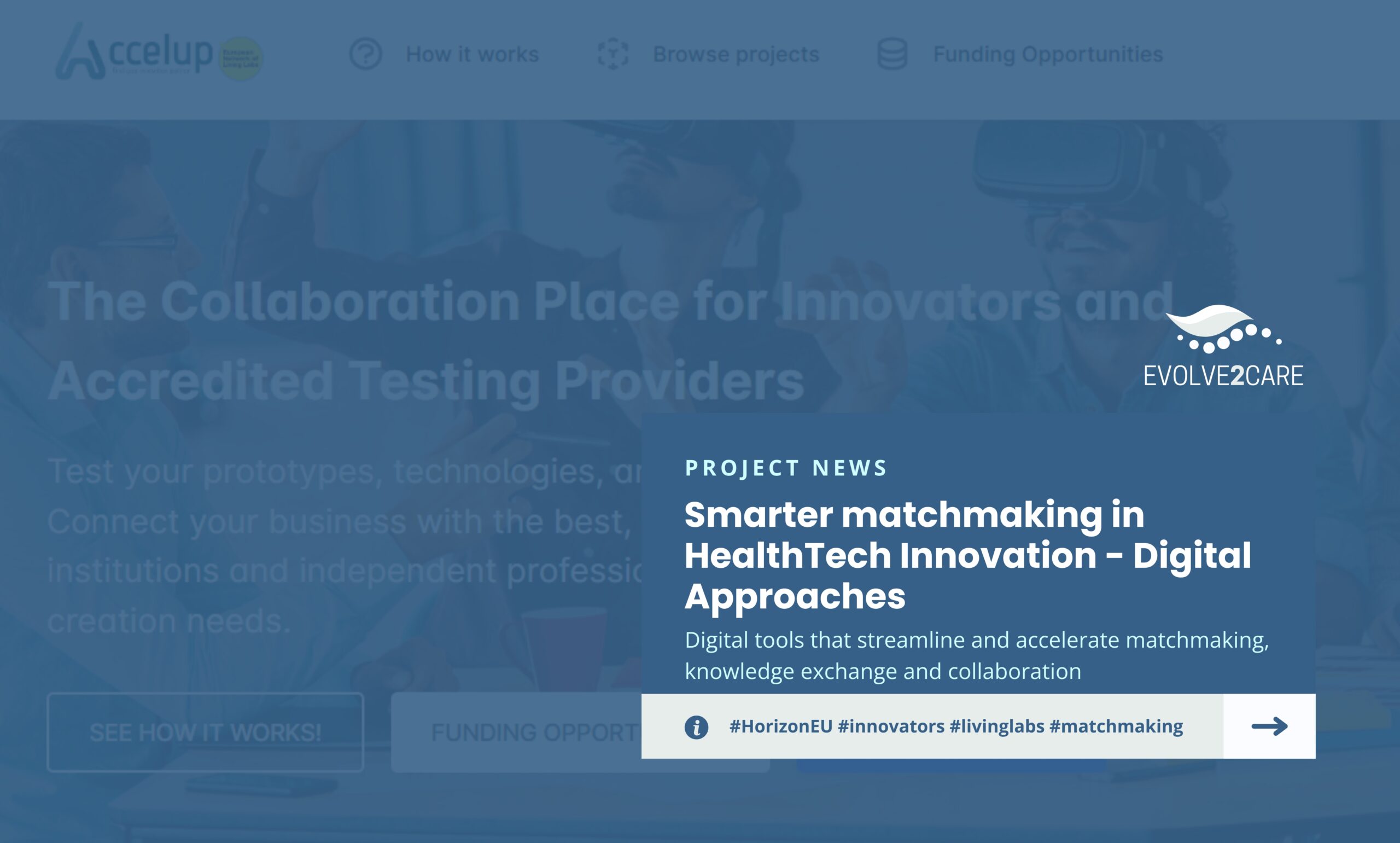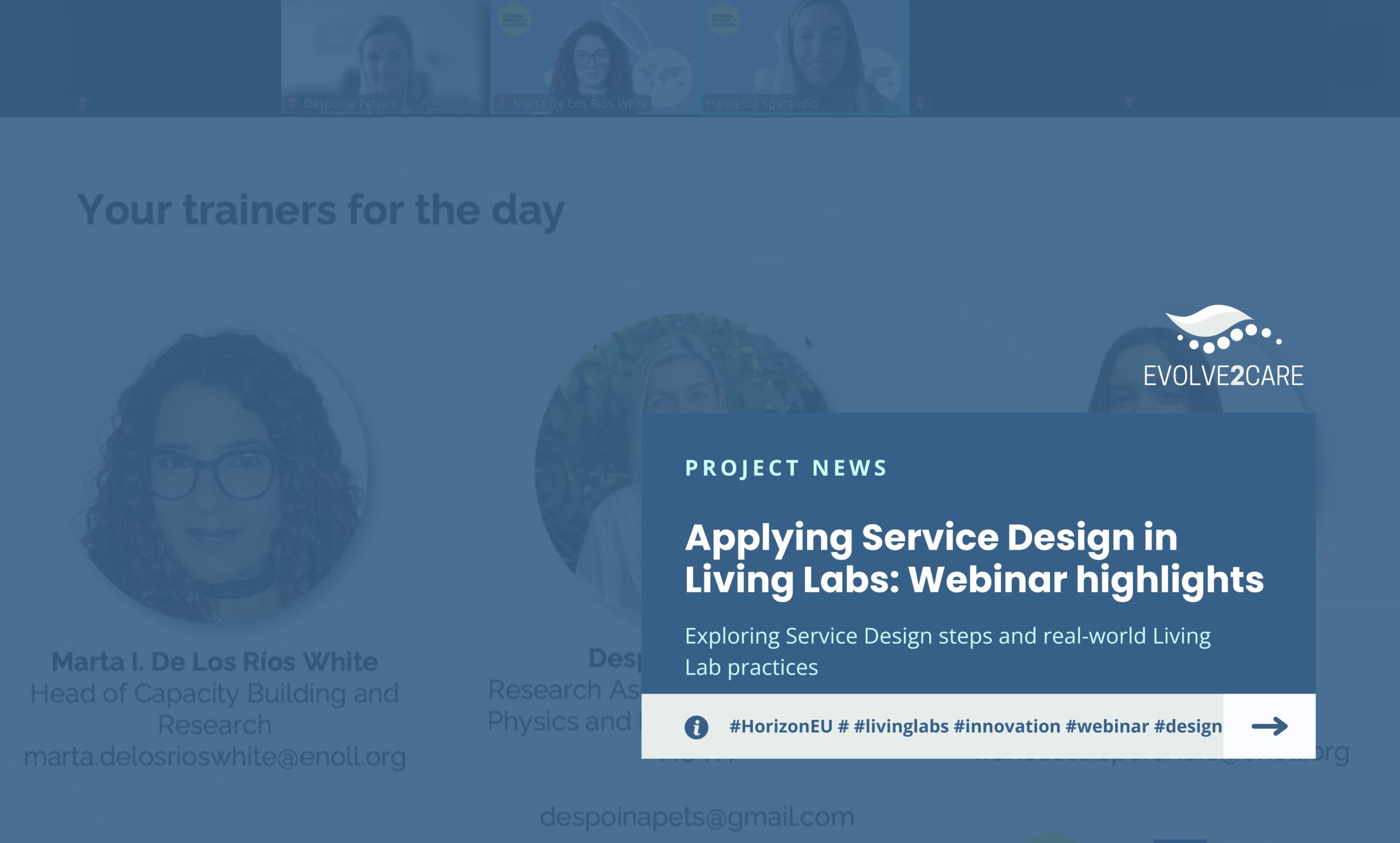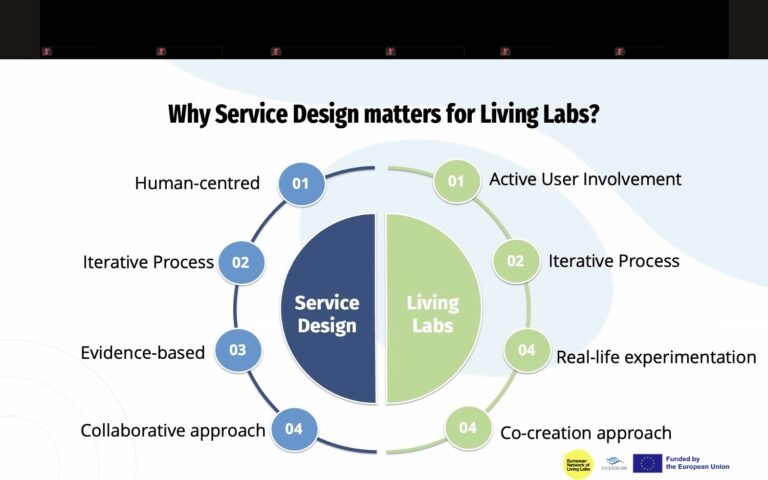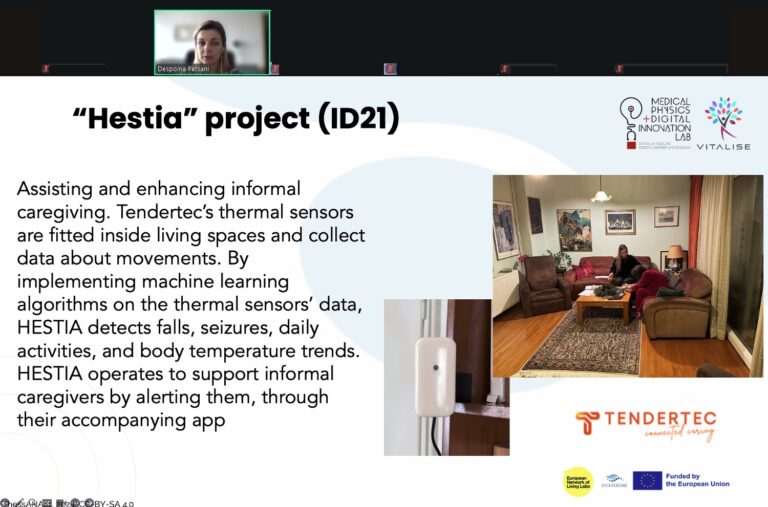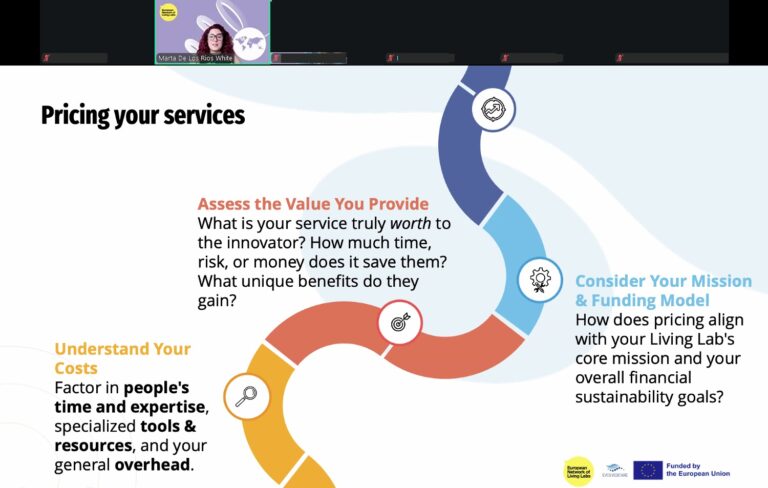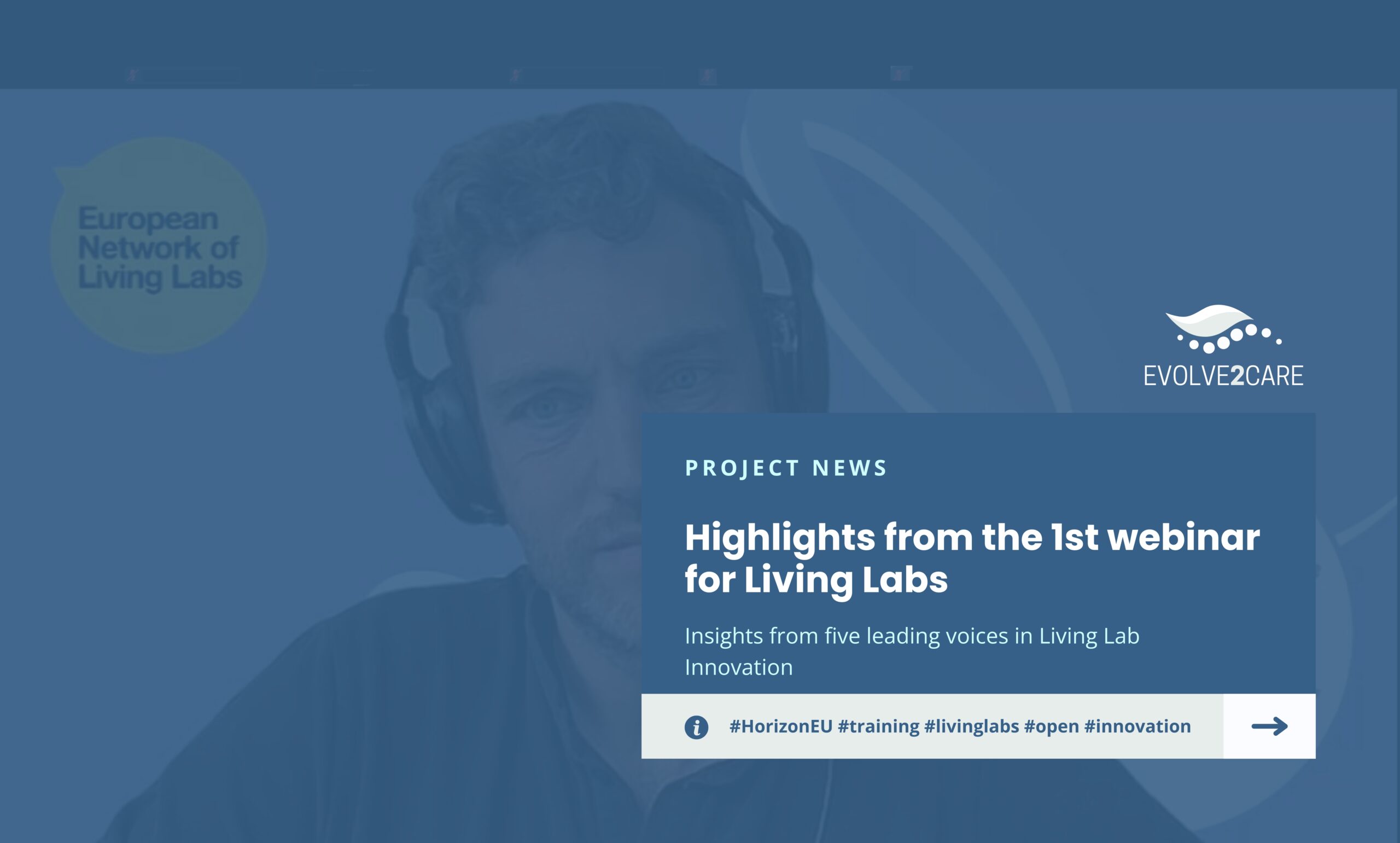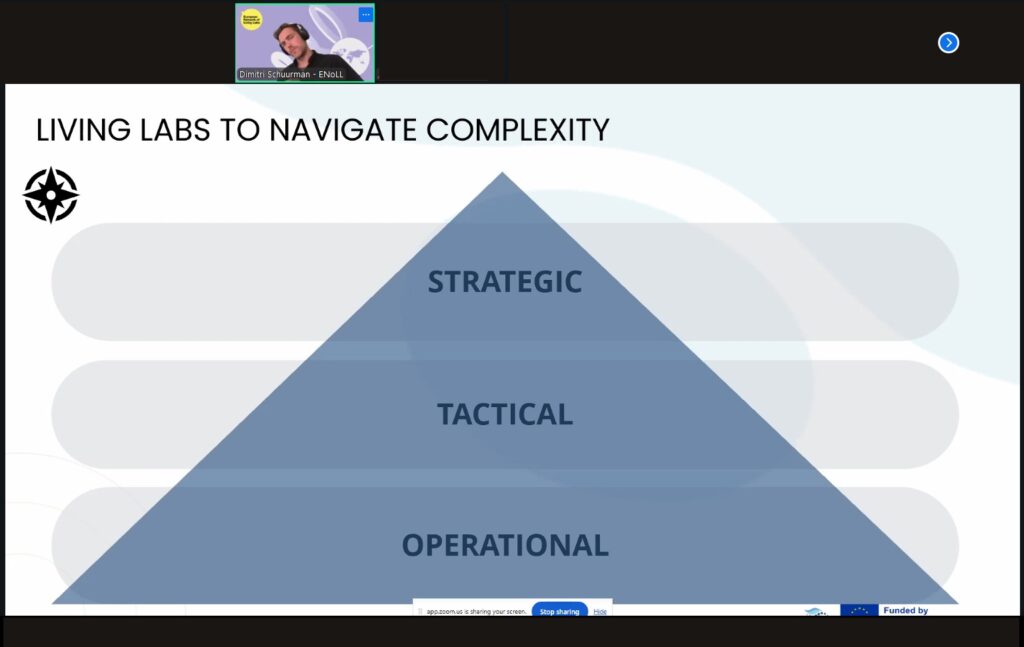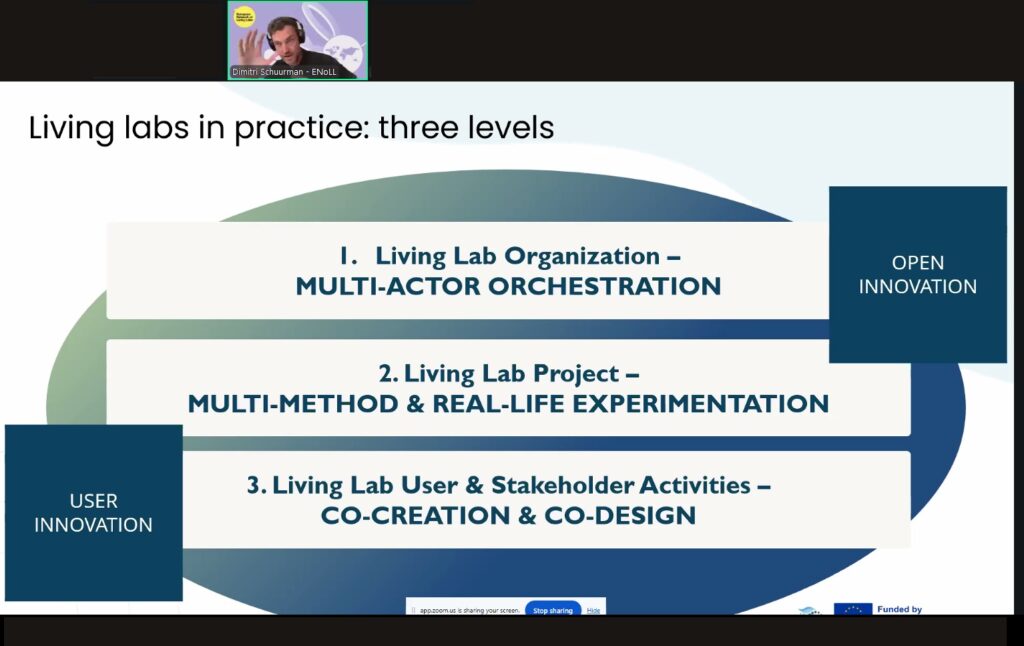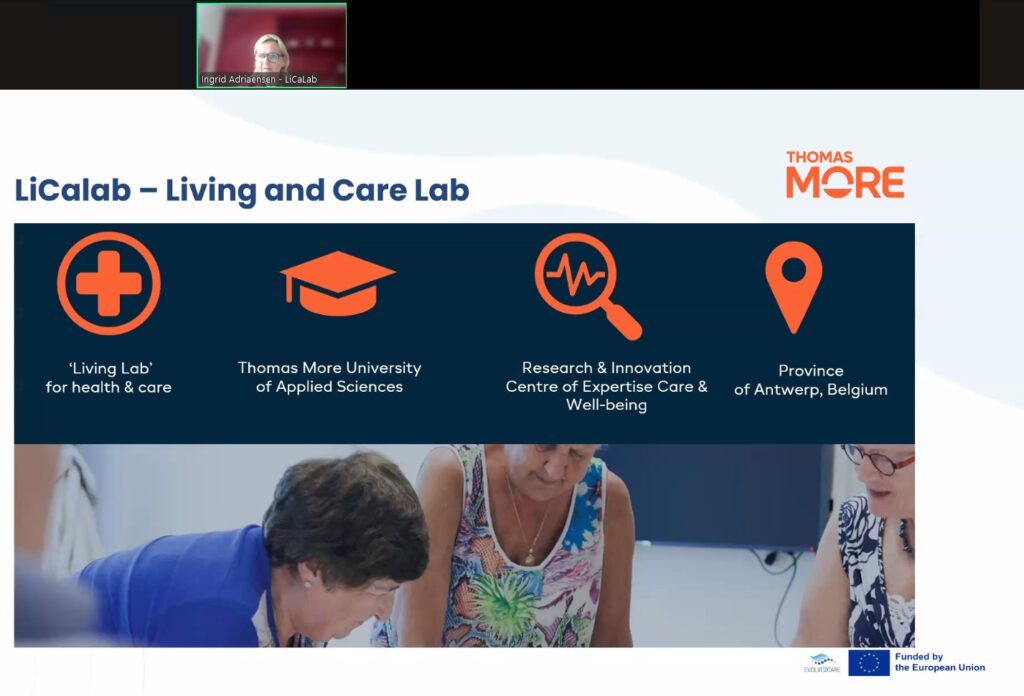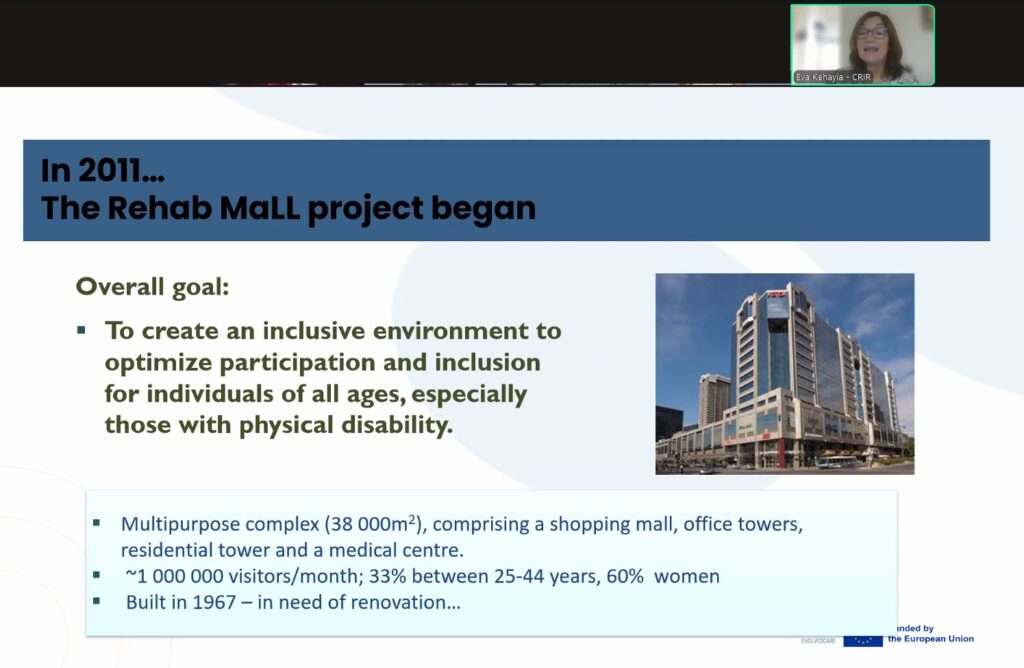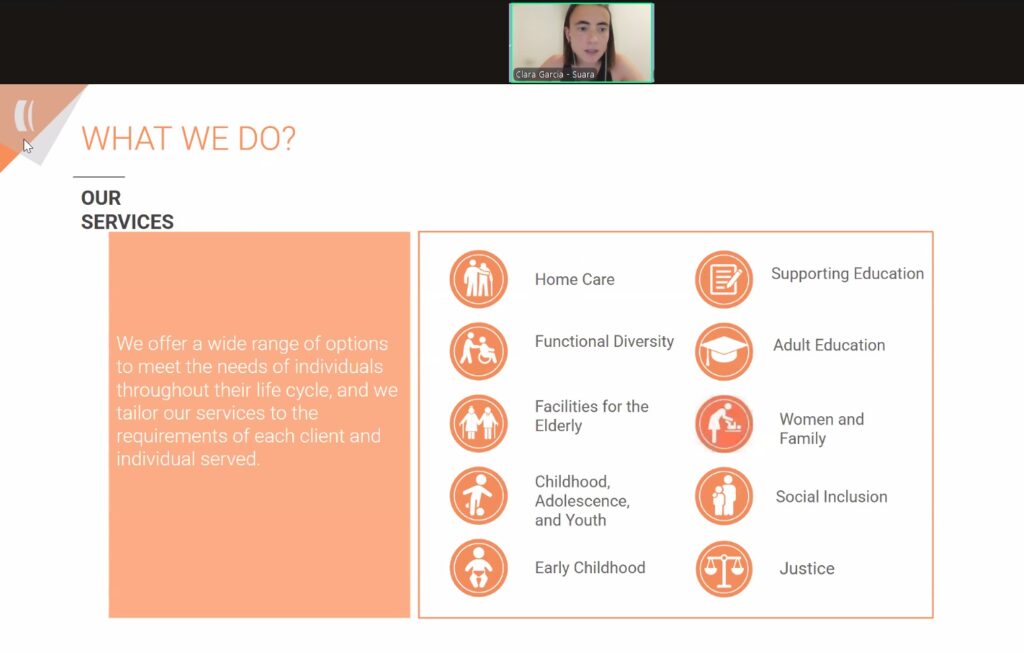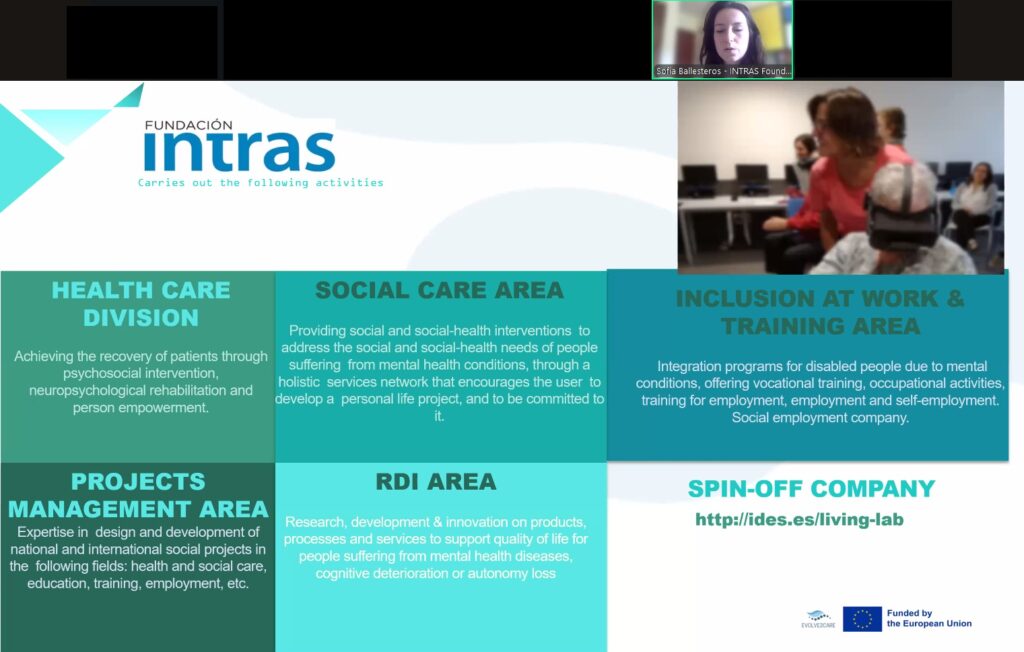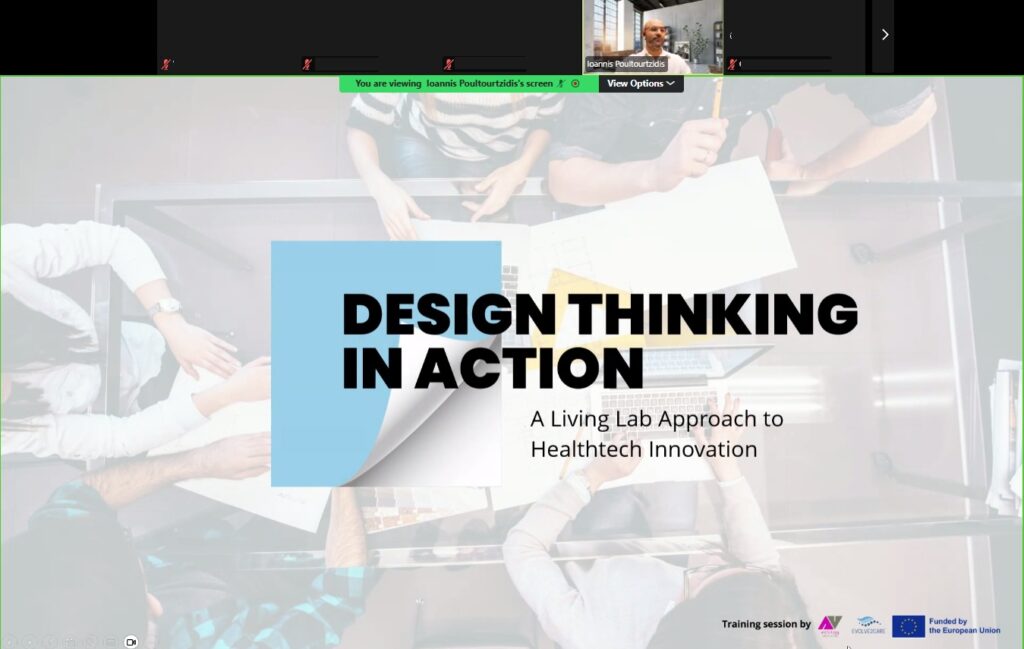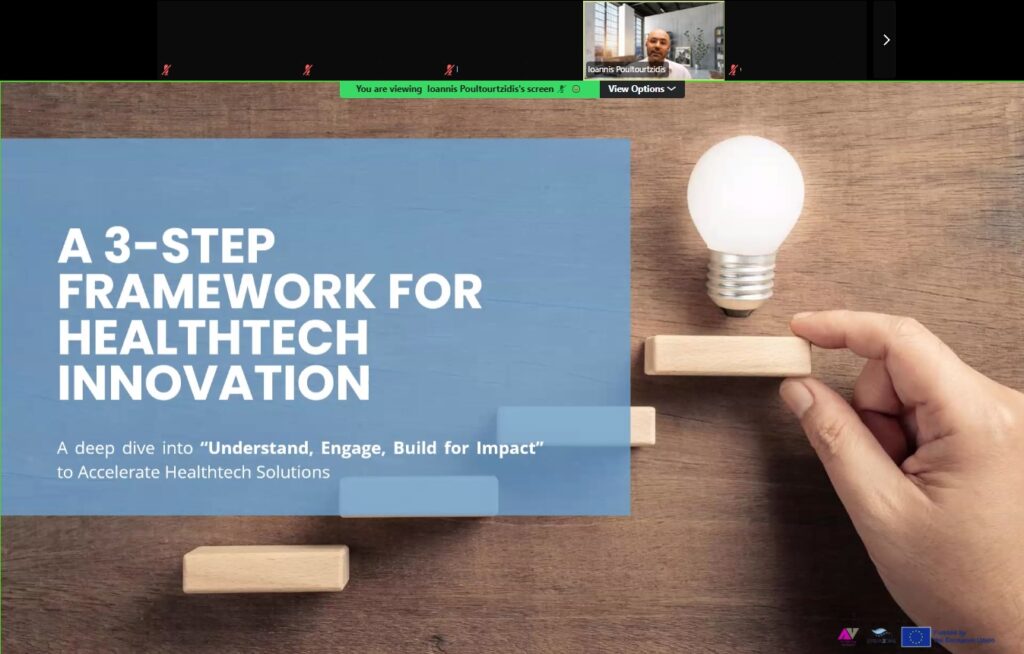EVOLVE2CARE proudly participated in Open Living Lab Days 2025, the flagship annual event of the European Network of Living Labs (ENoLL), held in Andorra la Vella from September 30 to October 3, 2025. This year’s edition embraced a unique concept—transforming an entire country into a Living Lab—making Andorra a dynamic testing ground for innovation.
Under the theme “Living Labs for Regenerative Futures: Connecting Local and Global Innovation Ecosystems,” the event brought together Living Lab professionals, public officials, corporate leaders, entrepreneurs, academics, and innovators from around the world. Discussions focused on how Living Labs can go beyond sustainability to regenerate ecological, social, and economic systems actively.
EVOLVE2CARE had a strong and impactful presence, represented by key members from ENoLL and Aristotle University of Thessaloniki (AUTH):
- Marta I. De Los Rios White and Francesca Sperandio (ENoLL), who contributed to the organization and networking activities.
- Evdokimos Konstantinidis, Project Coordinator of EVOLVE2CARE and Vice Chair of ENoLL (AUTH), presented the research paper “Optimizing Data Collection Planning for Living Labs’ Access and Effectiveness”.
- Despoina Petsani, Project Mission Coordinator (AUTH) of EVOLVE2CARE, who presented the paper “Defining the Role of Living Labs to Clinical Research: Initial Findings for Framework Development.”
- EVOLVE2CARE members supported the session “Bridging the Gap Between Living Labs and Companies: Towards a Stronger Collaboration Relationship.”
In addition, EVOLVE2CARE was featured at the ENoLL Valorisation Booth, showcasing its mission to accelerate HealthTech innovation through experimentation and collaboration between Living Labs and innovators. Our active participation reflects EVOLVE2CARE’s commitment to fostering collaboration between Living Labs and health innovation ecosystems, paving the way for solutions that regenerate and thrive.
